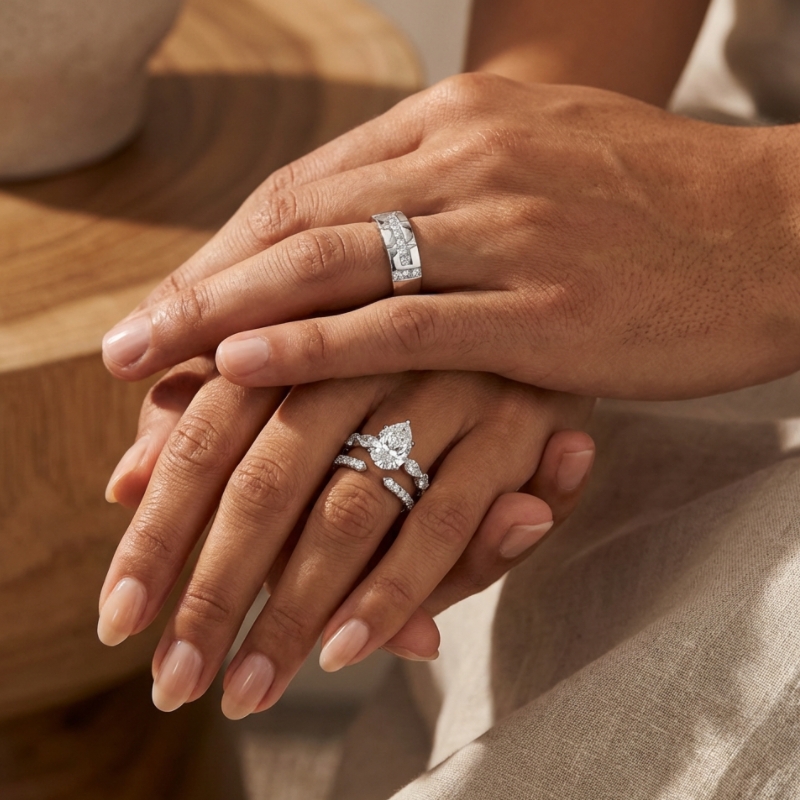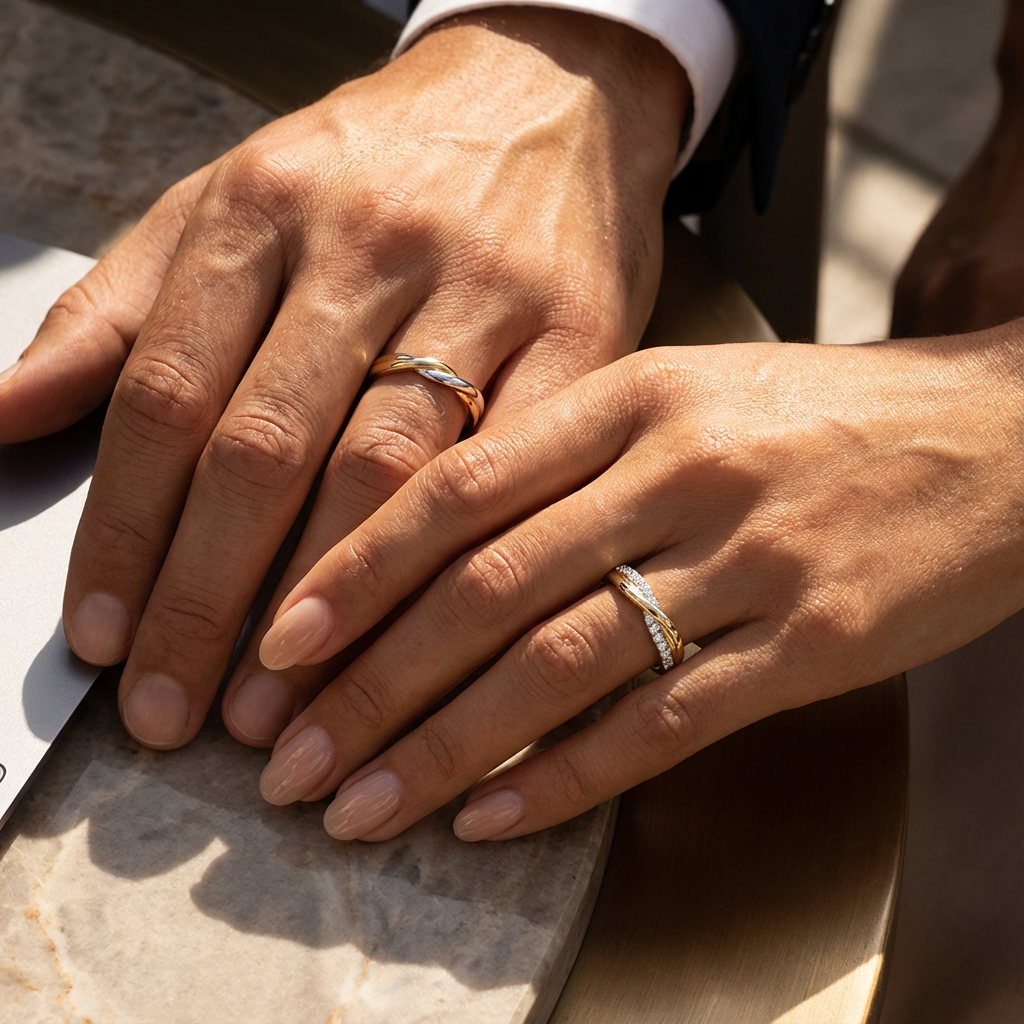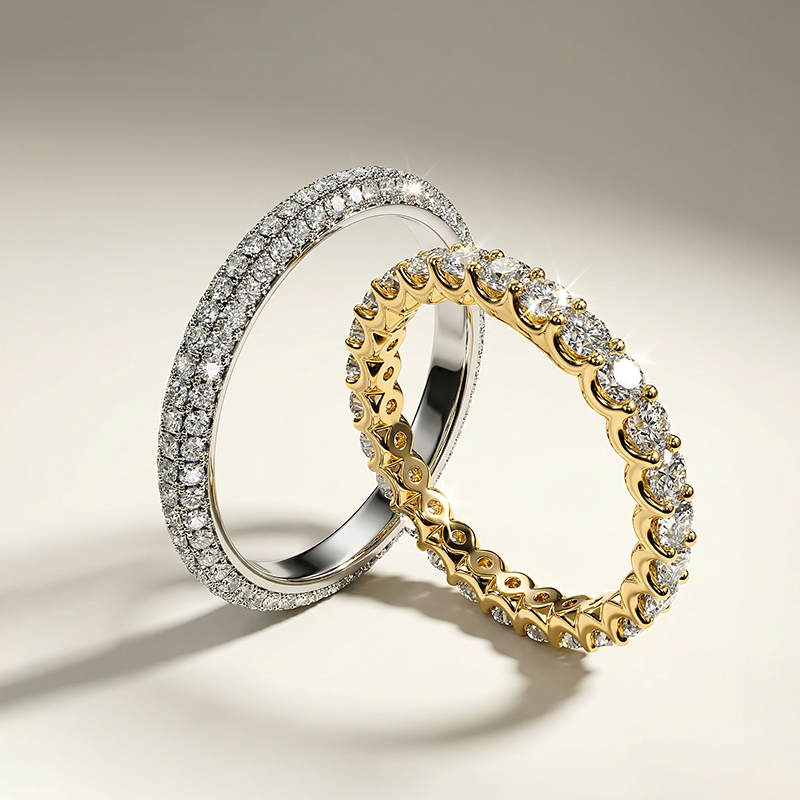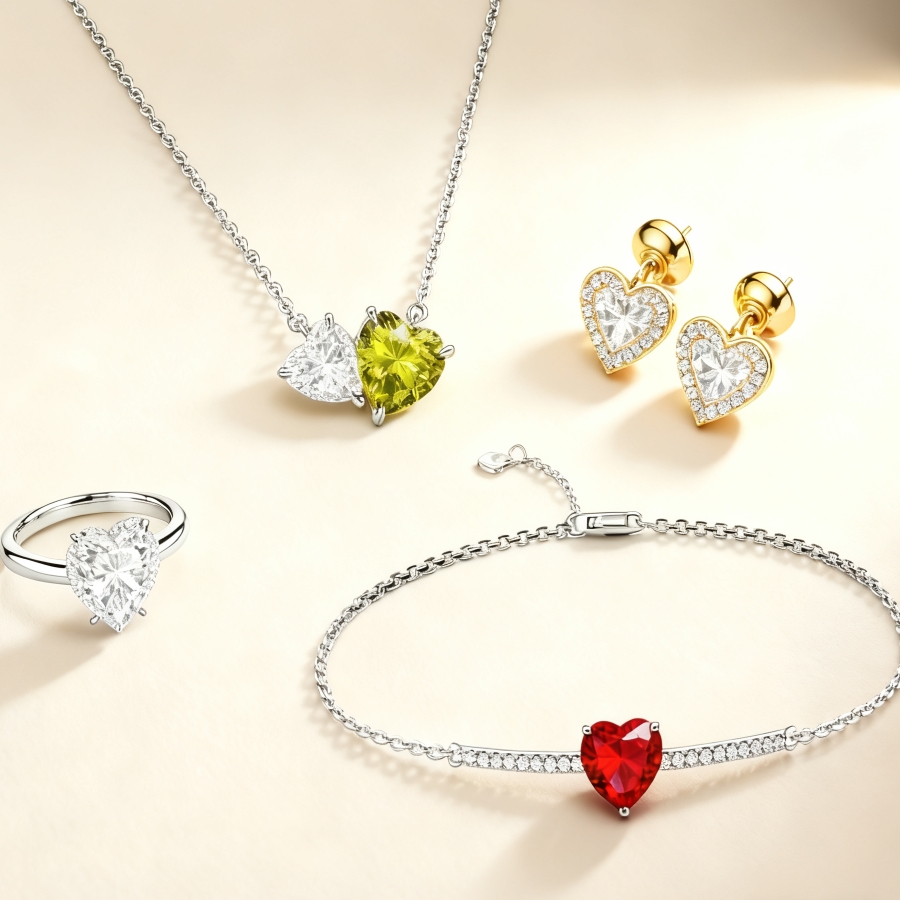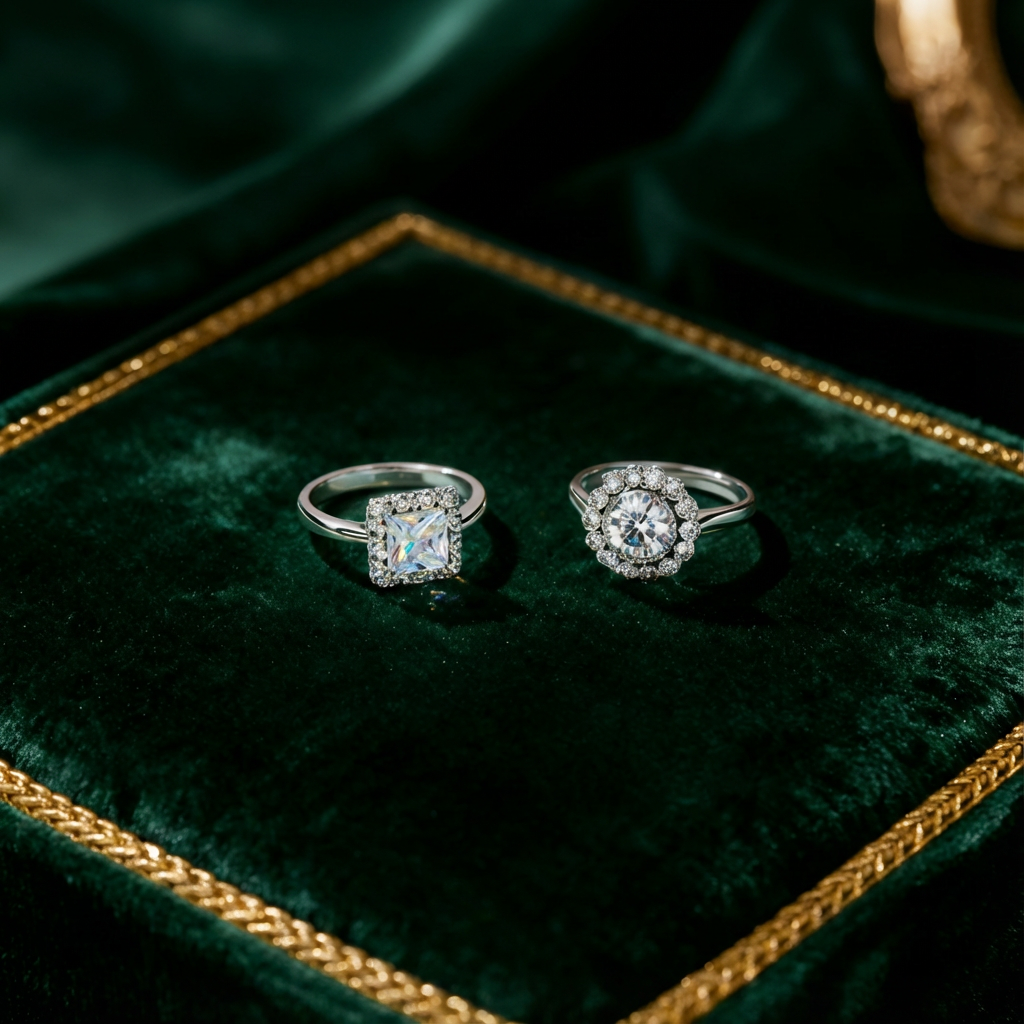"Diamonds are a girl's best friend," said Marilyn Monroe. For centuries, diamonds have been a symbol of love and commitment, but their mining process raises concerns about ethics and the environment. As a result, lab-grown diamonds have gained popularity as a more ethical and sustainable alternative. Despite being artificially created, these gems have the same physical and chemical attributes as natural diamonds. Join SHE.SAID.YES to explore the fascinating world of lab-grown diamonds.
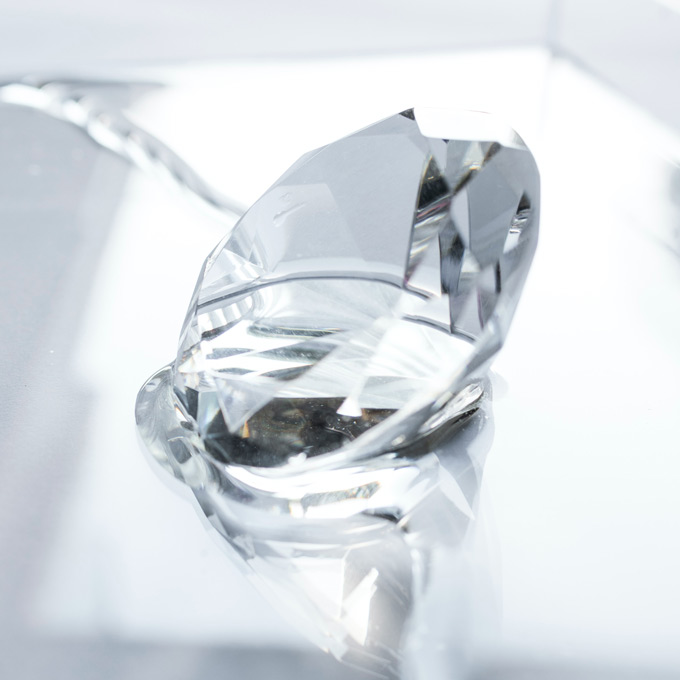
What are lab-grown diamonds?
The lab-grown diamond, also known as cultured or man-made diamond, is just like its name, grown in a laboratory. Through advanced technology, scientists recreate the conditions for forming natural diamonds in the mantle. These diamonds share the same physical and chemical properties as those on Earth. But they are more sustainable, eco-friendly, and ethical, with a smaller carbon footprint and no contribution to unethical mining practices. As a result, lab-grown diamonds are becoming more popular. They are an alternative to natural diamonds, particularly for engagement rings and other jewelry.
How to make this shining diamond?
Making lab-grown diamonds has two processes: High-Pressure High Temperature (HPHT) or Chemical Vapor Deposition (CVD).
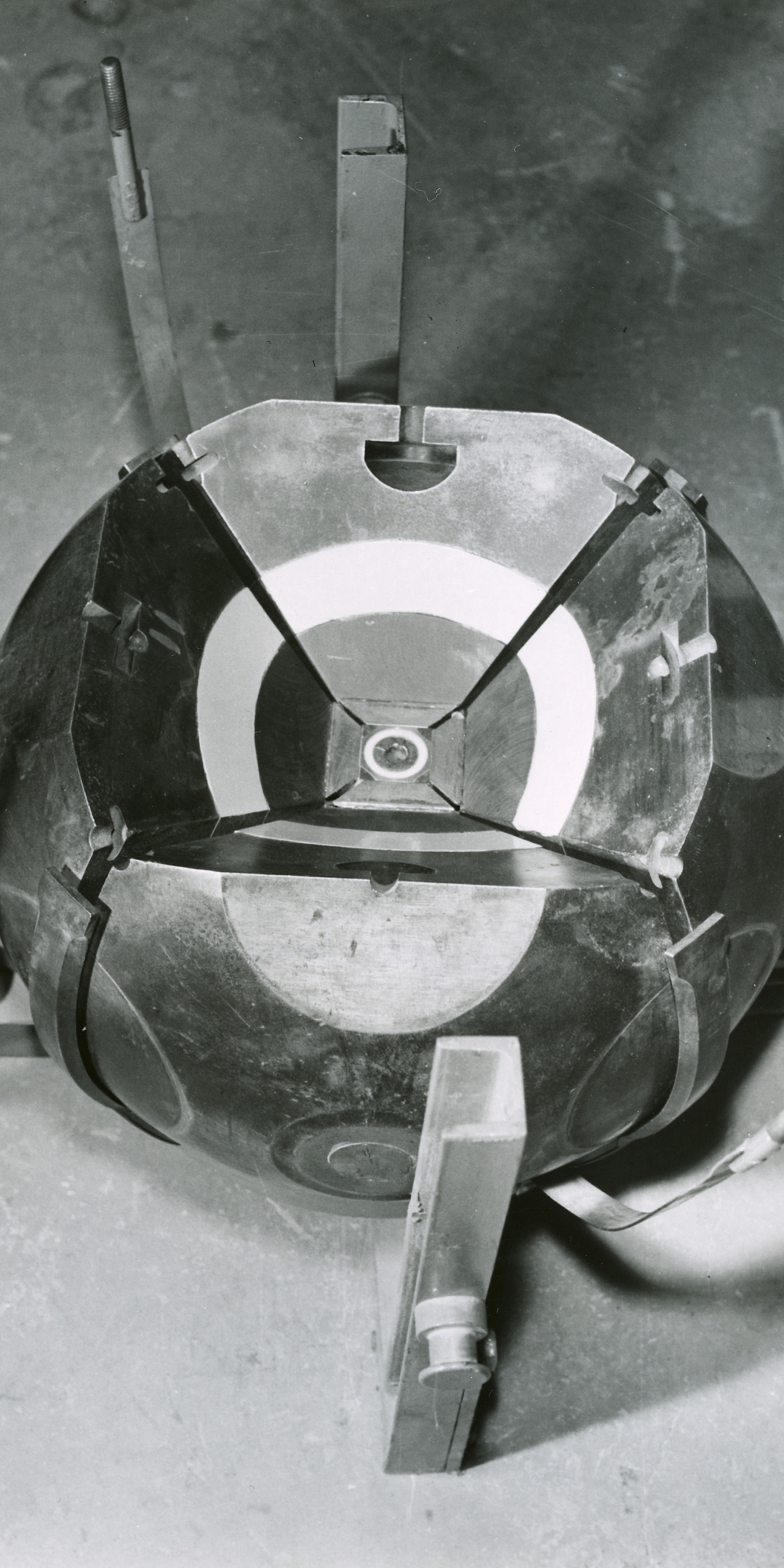
HPHT
- Place a tiny diamond “seed” into a small chamber along with graphite and a metallic catalyst.
- Heat the chamber to extremely high temperatures (around 1500 degrees Celsius), and subject it to incredibly high pressure (up to 1.5 million pounds per square inch).
- This high pressure and temperature cause the graphite to dissolve and then precipitate onto the diamond seed, creating additional layers of diamond around it.
- The scientists repeat the process multiple times, adding layers until the desired diamond size is achieved (typically a few carats).
- Remove the diamond from the chamber, clean and polish it like a natural diamond, and use it for various applications.
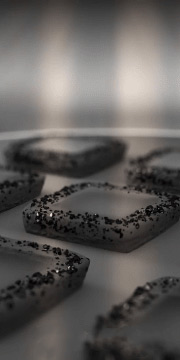
CVD
- Place a tiny “seed” diamond material inside the chamber.
- Introduce a mixture of gases into the chamber, typically hydrogen and a hydrocarbon gas like methane.
- Ionize the gases with a microwave or radio frequency power source, causing them to break down into their component atoms and molecules.
- These atoms and molecules then deposit onto the diamond seed, creating additional layers of the diamond.
- Repeat the process to add layers until the desired diamond size is achieved (which can be significantly more significant than the HPHT method).
- Exact the diamond from the chamber, clean and polish it, and use it for various applications.
Both processes take several weeks or months to complete and require specialized equipment and expertise. After cutting and polishing, the producers sell lab-grown diamonds like natural diamonds.
What are the benefits of lab-grown diamonds?
Lab-grown diamonds offer several benefits, including:
- Eco-friendliness: Created in a controlled environment, lab-grown diamonds have a smaller carbon footprint than mined diamonds. They do not contribute to environmental damage caused by mining, nor do they require as much energy or water to produce.
- Ethical production: It is produced in a controlled and safe environment. It does not exploit workers or cause damage to local communities.
- Cost-effectiveness: Typically more affordable than natural diamonds of similar quality. This makes them an excellent option for those on a budget or looking for a high-quality diamond at a lower cost.
- Consistency: Lab-grown diamonds can produce exact specifications that natural diamonds cannot. This makes them easier to sort and grade and guarantees consistency in color, clarity, and other characteristics.
- Sparkle and brilliance: High-quality lab-grown diamonds are virtually indistinguishable from natural diamonds and exhibit the same sparkle and shine.
Overall, lab-grown diamonds offer a more ethical and eco-friendly option than mined diamonds while maintaining the high quality and beauty of diamonds at a lower cost.

